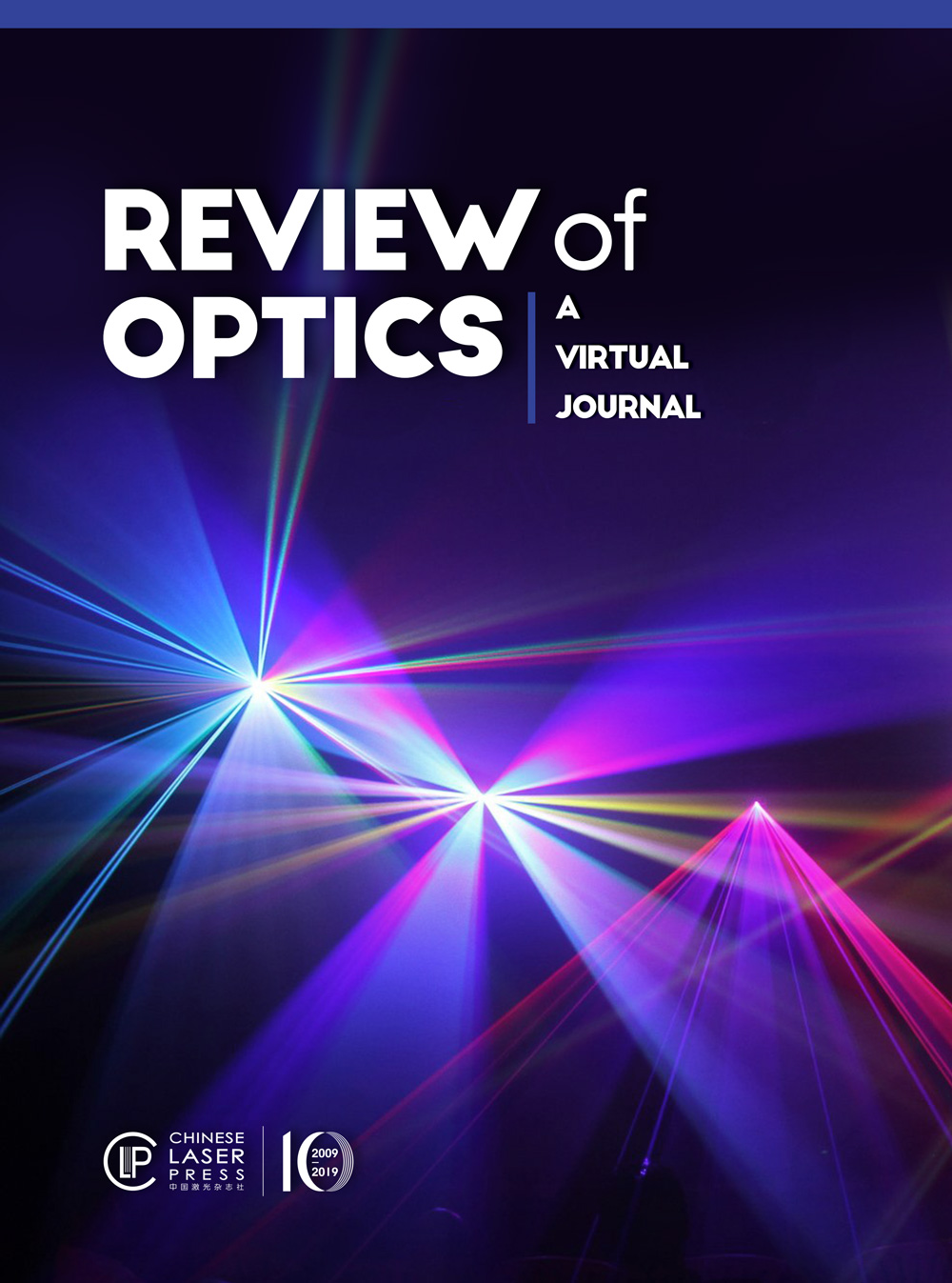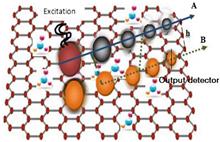 View fulltext
View fulltext
Microrobots-assisted drug delivery and surgery have been always in the spotlight and are highly anticipated to solve the challenges of cancer in situ treatment. These versatile small biomedical robots are expected to realize direct access to the tumor or disease site for precise treatment, which requires real-time and high-resolution in vivo tracking as feedback for the microrobots’ actuation and control. Among current biomedical imaging methods, photoacoustic imaging (PAI) is presenting its outstanding performances in the tracking of microrobots in the human body derived from its great advantages of excellent imaging resolution and contrast in deep tissue. In this review, we summarize the PAI techniques, imaging systems, and their biomedical applications in microrobots tracking in vitro and in vivo. From a robotic tracking perspective, we also provide some insight into the future of PAI technology in clinical applications.
The strong coupling between vibrational modes of molecules and surface plasmon resonance (SPR) modes in graphene makes them an ideal platform for biosensor techniques. In this paper, a new optical biosensor for molecule detection based on silver metallic nanoparticles (MNPs) and graphene/gold MNPs in a terahertz frequency range is achieved. It is established that the nonlinear electrical properties of graphene can play a major role in realizing a biosensor for molecule detection. The performance parameters of the proposed device are reported with respect to the chemical potential μ of graphene, noting that the sensitivity of our device passes from 255 nm/RIU (nanometers/refractive index unit) for μ=1.21 eV to 2753 nm/RIU for μ=0.21 eV. Finally, this structure exhibits an optical sensing region that can be adjusted to meet the requirements of optical detection.
Tilted-pulse-front-pumping (TPFP) lithium-niobate terahertz (THz) pulse sources are widely used in pump-probe and control experiments since they can generate broadband THz pulses with tens of microjoules of energy. However, the conventional TPFP setup suffers from limitations, hindering the generation of THz pulses with peak electric field strength over 1 MV/cm. Recently, a few setups were suggested to mitigate or even eliminate these limitations. In this paper, we shortly review the setups that are suitable for the generation of single-cycle THz pulses with up to a few tens of megavolts/centimeter focused electric field strength. The THz pulses available with the new layouts pave the way for previously unattainable applications that require extremely high electric field strength and pulse energy in the multi-millijoule range.
Optical fibers have been widely applied to telecommunication, imaging, lasers, and sensing. Among the different types of fibers, photonic crystal fibers (PCFs), also called microstructured optical fibers, characterized by air holes arranged along the length of fibers have experienced tremendous advance due to their unique advantages. They are regarded as a desirable platform to excite surface plasmon resonance (SPR) because of easy realization of phase matching conditions between the fundamental core mode and the plasmonic mode, which plays a critical role in miniaturization and integration of SPR sensors. In this mini-review, the current status of PCF sensors based on SPR is summarized. The theory of SPR is discussed, and simulation methods for PCF-SPR sensors are described. The important parameters including the refractive index detection range, resonance wavelength, and spectral sensitivity responsible for the sensing properties of PCF-SPR sensors are reviewed. The fabrication and the comparison of performances are also illustrated, and, finally, the challenges and future perspectives are outlined.
Solid-state atomic-sized color centers in wide-band-gap semiconductors, such as diamond, silicon carbide, and hexagonal boron nitride, are important platforms for quantum technologies, specifically for single-photon sources and quantum sensing. One of the emerging applications of these quantum emitters is subdiffraction imaging. This capability is provided by the specific photophysical properties of color centers, such as high dipole moments, photostability, and a variety of spectral ranges of the emitters with associated optical and microwave control of their quantum states. We review applications of color centers in traditional super-resolution microscopy and quantum imaging methods, and compare relative performance. The current state and perspectives of their applications in biomedical, chemistry, and material science imaging are outlined.
Structured light with inhomogeneous phase, amplitude, and polarization spatial distributions that represent an infinite-dimensional space of eigenstates for light as the ideal carrier can provide a structured combination of photonic spin and orbital angular momentum (OAM). Photonic spin angular momentum (SAM) interactions with matter have long been studied, whereas the photonic OAM has only recently been discovered, receiving attention in the past three decades. Although controlling polarization (i.e., SAM) alone can provide useful information about the media with which the light interacts, light fields carrying both OAM and SAM may provide additional information, permitting new sensing mechanisms and light–matter interactions. We summarize recent developments in controlling photonic angular momentum (AM) using complex structured optical fields. Arbitrarily oriented photonic SAM and OAM states may be generated through careful engineering of the spatial and temporal structures of optical fields. Moreover, we discuss potential applications of specifically engineered photonic AM states in optical tweezers, directional coupling, and optical information transmission and processing.
















